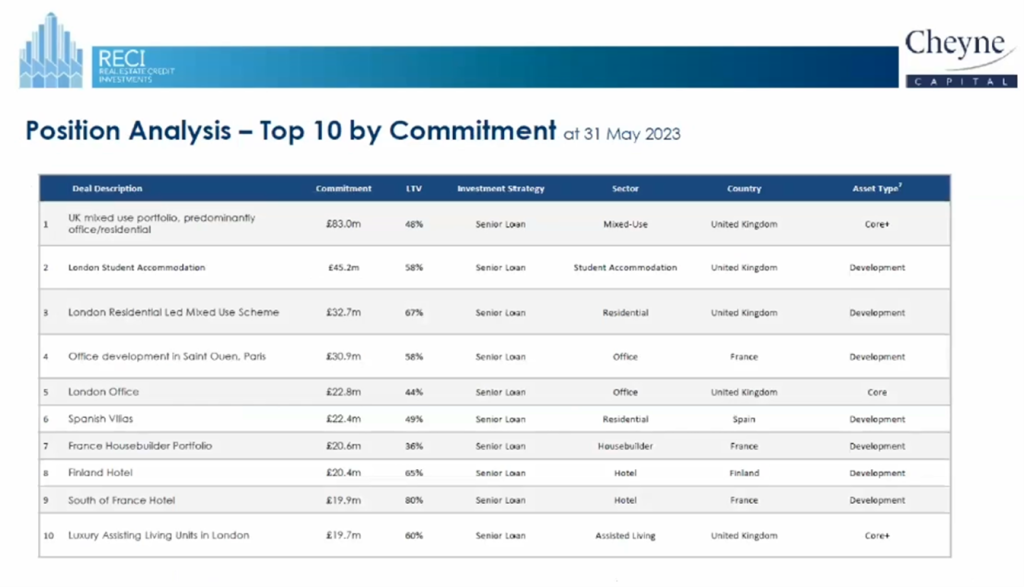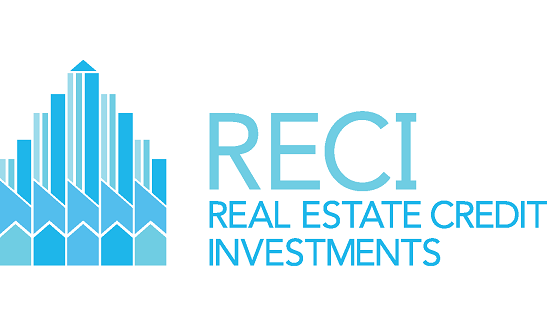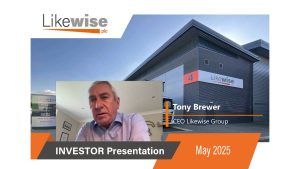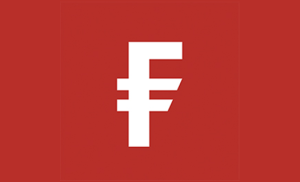Real Estate Credit Investments Ltd (LON:RECI), a stable quarterly paying high dividend income stock, is the topic of conversation when DirectorsTalk interviewed Cheyne Capital’s Ravi Stickney, Chief Investment Officer.
This is a very interesting time to look at this LSE-listed company. It’s shares are trading at an uncharacteristically wide discount to NAV and the company offers a very attractive yield. This interview discusses the ambition of the company, the macro-environment for real estate and real estate debt, stagflation and what’s available in the deal pipeline.
Q1: What aspects of the company are particularly important to you?
A1: To reiterate a few things that are important to us:
- to always generate a highly granular book of investments for the investors,
- to provide a strong structural strength to the company through the conservative use of financing,
- and maintain and improve dividend payments to investors as well.
On that last point, I’ve added the word ‘improve’ because, of course, in this environment, the ability to deploy any repayments we get from the book into loans, core +, value add/transitional senior loans at 60 LTVs with yields in excess of 12% , sometimes 15/16% ungeared is super attractive. Indeed the manager has managed to successfully raise third party funds in its private funds business. This is seeking exactly the same opportunities that Real Estate Credit Investments is seeking as well, in a very compelling asset class and in a very compelling period of, we believe 3-5 years, as we help the real estate market recapitalise itself.
Just to give you a snapshot of what’s in the pipeline right now is a Core deal, secured by some extremely well performing Core assets with an average LTV of 65%, robust security, robust covenance and governance, entirely self-originated but with an all-in yield of close to 13% on a floating rate basis. That is one of 12 deals that have similar risk return metrics, set across all of the UK, France and Iberia as well.
The sum total of the pipeline is about £1.7 billion across the Cheyne real estate business and, given the attractiveness of those loans, both in terms of the yields but also money multiple because those yields are evident for the duration of the loans, which are typically 3-4 years. It is our fervent hope that RECI is able to participate in as many of those loans as possible. This is to improve the diversity of the book, improve the dividend cover, indeed look to dividend improvement, and that improvement by virtue of a much higher return as well.
Q2: Can you please characterise the current macro environment and its direct implications for real estate and real estate debt?
A2: As I mentioned in our last quarterly presentation, what we’re faced with right now is simply the unwinding of tens years of very low interest rates and yields, and that unwinding should take a long period of time, we expect 3-5 years for that to unwind.
What does the unwinding mean? It simply means that rates and inflation are sticky and higher, indeed the higher rate environment we find ourselves in today is there for a purpose which is to bring inflation down.
The manager’s view is that inflation does not revert to 2%, it remains slightly higher than that and that simply means that long term rates can’t revert back to where they used to be, which was close to zero but indeed have us potentially around 2.5/3% over the long term.
That last statement is a direct implication on real estate valuations which tend to look through the cycle but as long term rates are 200/250 basis points higher than where they used to be in the past. It simply means that yields on assets, all real estate assets, including the best performing real estate assets, will be commensurately higher to a bigger or lesser degree depending on how the rental income flows over the next few years but indeed, yields will be higher and consequently, valuations should be down across the board.
Having said that, there are some asset classes that are more resilient against those yield rises and those will be those asset classes that demonstrate the ability to raise rent a bit more. For example, your multi-family asset class i.e. rental stock in all the key cities still sees very robust demand. Indeed some areas of industrials still see rental growth that are attractive, student housing, retirement living, those are asset classes that still see good rental growth. On the flip side, assets such as shopping centres still do not find any rental growth in that sector.
So, in so far as rental growth is robust, there is a huge movement against the rise in yields and hence, the decline in values. Now, that decline in values, or rather the challenge against valuations is also met by, in particular in Europe, by the lack of financing from either debt financing or equity financing. That presents a classic refinancing gap through most assets and sponsors today.
So, case and point, even if you do have a best in class asset, let’s say a multi-family, all logistics indeed, that is well performing with good rental growth, the heightened yields environment, the lower valuation is met with a lack of equity and debt capital. This simply means that a gap emerges in the capitalisation of those assets, and that is the ultimate result of the macro environments we see here today in terms of the real estate industry in Europe.
What’s desperately needed in the real estate in Europe is a recapitalisation to the new normal, by way of either debt or equity or a combination of the two.
Q3: Can you give us a quick snapshot of the top 10 commitments in the portfolio?
A3: Here’s a snapshot of the top 10: what you’ll see in the table displayed below is the sum total of the underlying commitments. These are commitments that of deals not particularly drawn capital against it of roughly £320 million; the average LTV is less than 60% today, they’re all senior loans and that has been a result of the migration of the book away from mezzanine, preferred equity and bonds into senior. There’s a good mix of asset classes but again, the living asset classes dominate, and a good mix of geographies albeit the United Kingdom represents still the most attractive place for lending.
You’ll also note in the final column that whilst RECI has been typically a lender into the value add/transitional & development project types, core and core + assets are becoming more prominent in the portfolio. Indeed a large part of pipeline of new investment is senior loans set against core and core + assets with yields in excess of 10%, even for core + senior lending today.

Q4: Is stagflation a concern and does it affect Real Estate Credit Investments’ exposure?
A4: In the UK, it’s not recession that I’m more concerned about, it’s stagflation. Recessions come and go, yes, the banks and central government are trying to engineer a recession, that’s true for the US as well as Europe and the UK.
It is more stagflation in a high interest rate environment that is the key – inflation and low economic growth. So, now you have the benefit of real estate of being a bit more granular than that because you could say that’s bad for all asset classes but that is not true.
Recession falls hardest on the consumer, so does stagflation, so does mortgage rates at 6% and the cost of living being extremely high falls squarely on one asset class, shopping, retail discretionary spends.
Let’s look at other asset classes, for example student housing. Let’s pick central London, super prime student housing in central London, is that a UK consumer issue? No, because there are UK-based students who attend universities in central London but by and large the global audience that picks up spaces at UCL or LSE – it’s a truly global audience. That’s the benefit of being in London or even Paris or Madrid. So, that’s more insulated against a UK-specific stagflation problem.
Let’s look at offices, central London offices are not really dominated by an entirely UK-based audience, indeed a lot of global HQs are here so you’re either here or you’re probably vying with Paris or Madrid or Dubai. It goes without saying, and it still holds true that you’ll most likely want to be in London. Look where the currency is and needless to say, infrastructure is probably the best in all of the key gateway cities, there’s still a huge demand from foreign multinationals to be housed here. So, is that a UK stagflation problem or a consumer problem? No, it isn’t either.
So, you need to get quite granular in asset classes. I think stagflation is an issue but it falls squarely on consumer and consumer-led real estate and that’s a large sub-sector of the real estate market but not one that concerns RECI’s exposure.
Real Estate Credit Investments (LON:RECI) is a specialist investor in UK and European real estate credit markets with a focus on fundamental credit and value.













































